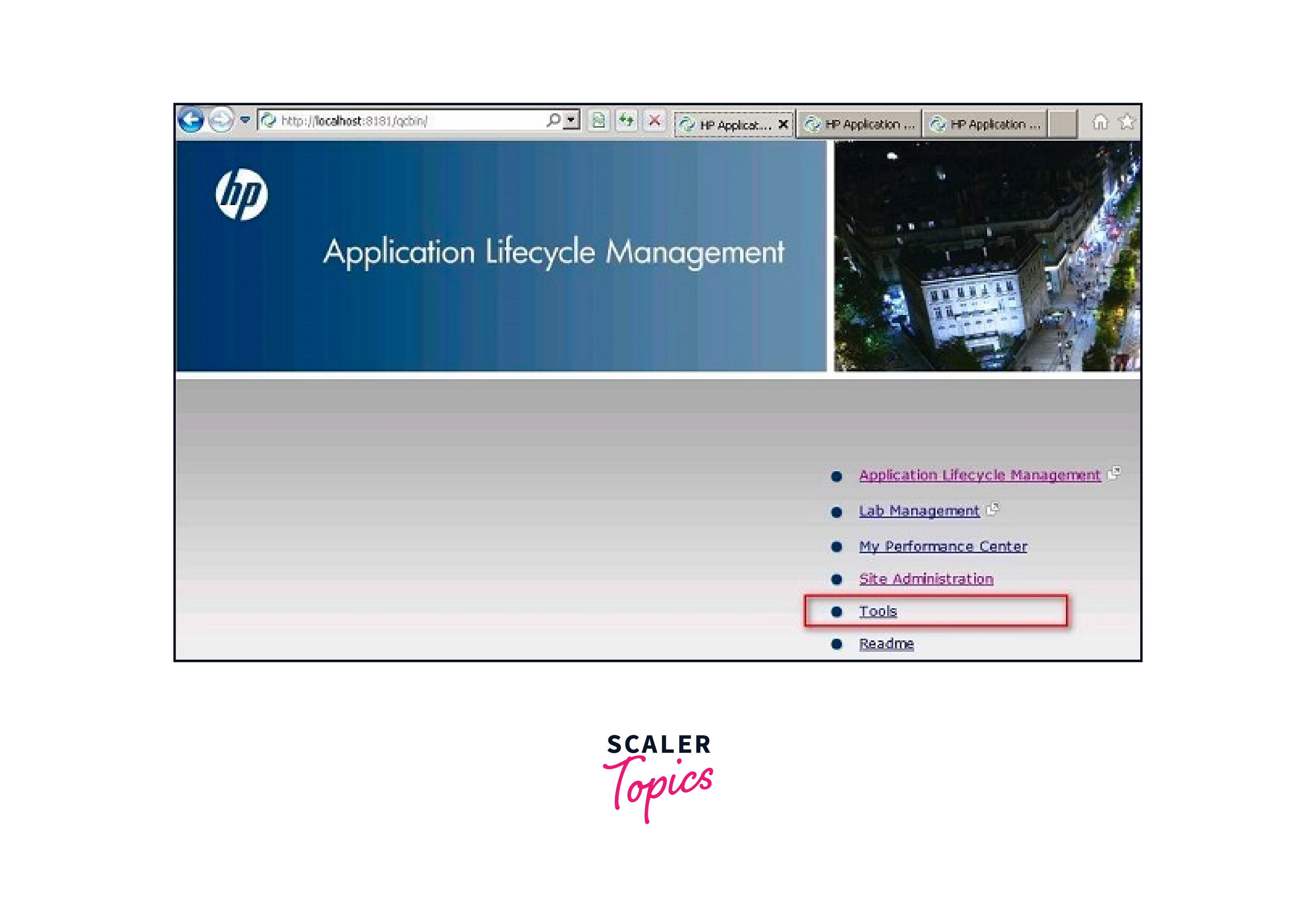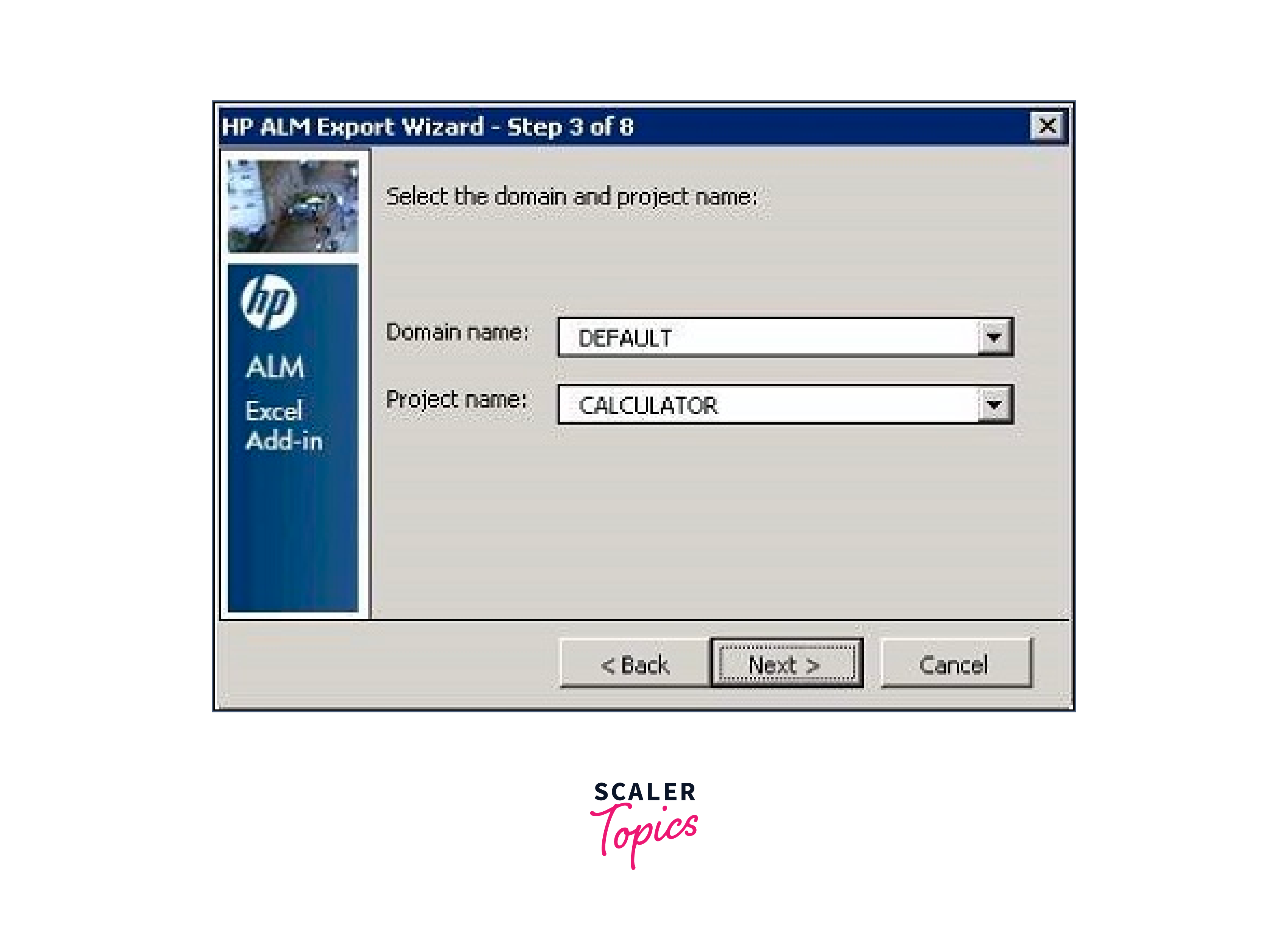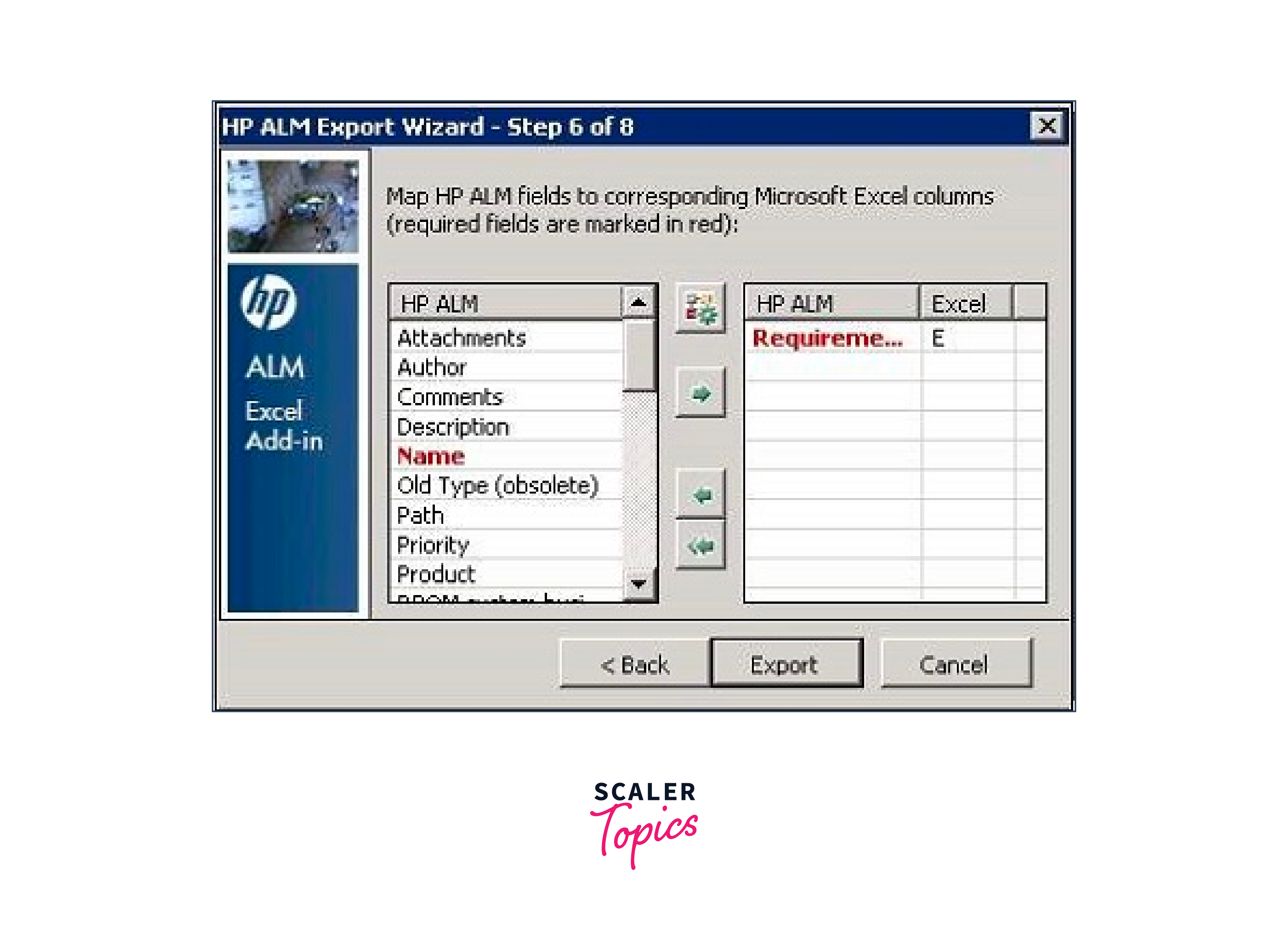Requirements Specifications Module in HP ALM
Overview
The requirements specifications module in the HP ALM tool is used for managing and tracking requirements throughout the software development life cycle. It plays a vital role in ensuring that software development projects are completed on time and meet the expected quality standards. It allows users to create and manage requirements throughout the development lifecycle, from the initial planning phase to the software’s final release.
Introduction
The Requirements Specifications module in HP ALM is a critical component that helps software development teams manage and track project requirements. It provides a comprehensive solution for managing requirements, allowing teams to define, document, and track requirements throughout the entire software development lifecycle.
The module includes a range of features that enable users to create, manage, and collaborate on requirements, ensuring that all requirements are met and tracked to ensure the delivery of a high-quality software product.
How to Create Requirements
To create requirements in the "Requirements Specifications" module in HP ALM, follow these steps:
- Log in to your HP ALM account and navigate to the "Requirements" module.
- Click on the "Requirements Specifications" tab.
- Click on the "New Requirements Document" button to create a new document or select an existing record to add requirements to.
- Enter a name and description for the requirements document.
- Click on the "Add Requirement" button.
- Enter a name and description for the requirement and specify its type and priority.
- You can also add additional fields to the requirement, such as custom fields, attachments, and links to other requirements or test cases.
- Click on the "Save" button to save the requirement.
- Repeat steps 5-8 to add additional requirements to the document.
- Once you have added all of the requirements to the document, you can save and close the document.
How to Upload Requirements Using Microsoft Excel
To upload requirements using Microsoft Excel, HP ALM has a feature of AddIn using which users can upload directly from Excel. There is a workflow defined for this process and let's understand it steps by step:
1) Downloading
-
Navigate to the ALM homepage and click on "Tools".

-
Click on "More HP ALM Add-ins" and choose ‘Add-ins for Microsoft Applications’.
-
Select 'Microsoft Excel' and click on HP-ALM Microsoft Excel Add-in for ALM 12.00.

2) Installation
-
Select the add-in for download and perform right-click. Select ‘Run as Administrator’.
-
Select the installation type. By default, it is the "For All Users" setting.
-
Click on the "Finish" button.
-
Open Excel, go to the "Add-ins" tab and search for ‘Export to HP ALM’ to get successfully installed.

3) Uploading Requirements into ALM
-
Prepare the Excel before in such a way that it can be uploaded easily.
- Select the fields in ALM and create a header.
- Enter valid data in each one of those fields as shown below.
-
From ‘Add-Ins’ click ‘Export to HP ALM’.
-
The ALM Export Wizard opens and enters the HP ALM Server URL.
-
Enter the username and password and after that click "Next".
-
Select the Domain and Project name and click "Next".

-
Select the data you must upload. You have options for - Requirements, Tests, and Defects.
-
Enter the New Map name and click "Next".
-
Choose Requirement type Behavior. 'Single Requirement type' for one type of requirement and 'Requirement type Column' for different requirement types.
-
Upon clicking on "Next", Select the Field the user wants to map and click on the arrow button.

-
Enter the Excel column name corresponding to the appropriate column name.
-
Map all the required Excel columns against the appropriate HP ALM fields. Click ‘Export’.
-
ALM will display the message "You have successfully exported the Microsoft Excel worksheet to ALM".
How to Perform Coverage Analysis (Requirement Traceability)
After mapping all the requirements, the user will be able to generate a coverage analysis and traceability matrix. Using coverage analysis, we can easily get the test coverage of how many test cases are passed/failed.
- Under the requirements module, Click on the ‘View’ Menu and select ‘Coverage Analysis’.
- Coverage analysis will be generated under each one of the requirements under the ‘Requirement Tab’ on a folder level.
- Click on each one of the coverage analysis statuses to get a drill-down report.
- Click on the Status to check the total failures.
- Click ‘Show Test Coverage’.
- Click on ‘Show Test Coverage’, and the test execution status will be displayed.
Traceability Matrix: It allows the user to track the relationships between different types of objects, such as requirements, test cases, and defects.
- Go to the ‘View’ Menu and select ‘Traceability Matrix’.
- Click ‘Configure Traceability Matrix’.
- Click "Configure Traceability Matrix" and define the source requirements.
- Now click the "Generate Traceability Matrix".
- Upon clicking the ‘Save’ Button, the traceability matrix is generated for the user.
Conclusion
- The Requirements Specifications module in HP ALM is a powerful tool for managing and tracking requirements throughout the software development life cycle.
- By creating requirements documents and linking them to test cases and other objects, you can ensure that all requirements are adequately covered and defects are appropriately tracked and addressed.
- The Requirements Specifications module in HP ALM is an essential component of any software development project and can help you ensure that your software meets the needs of your users and stakeholders.
